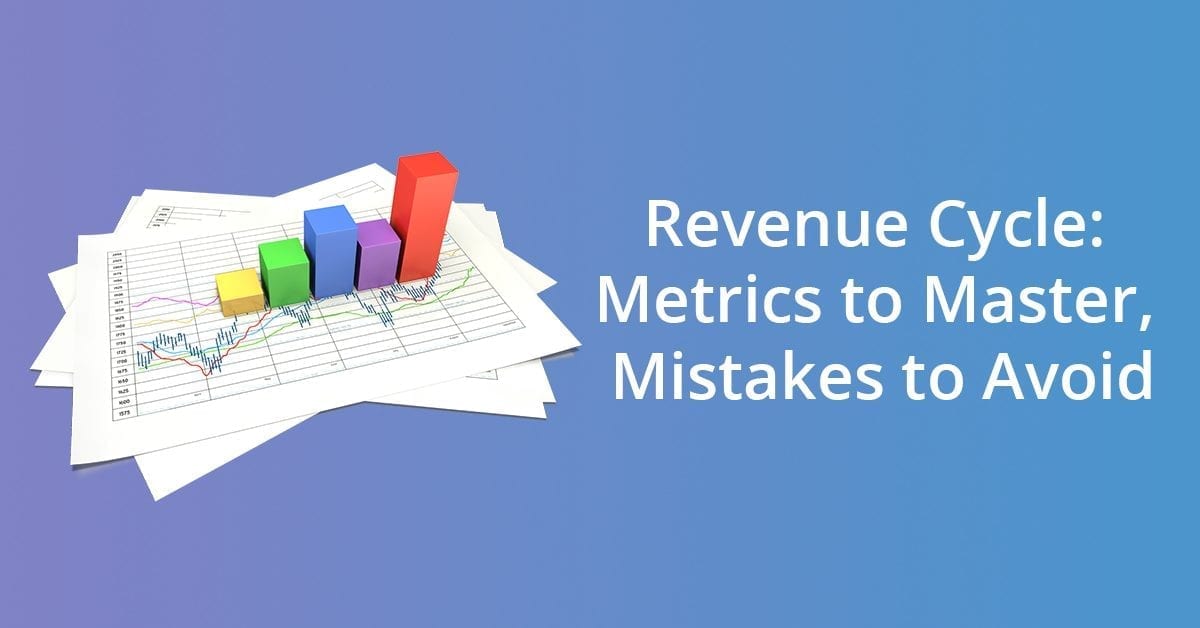Call us toll-free: 800-878-7828 — Monday - Friday — 8AM - 5PM EST


By Susan Morse for Healthcare Finance
The focus on electronic health record implementation has turned to how to make use of the vast data stored within to improve revenue cycle operations.
“These EHRs capture so much data. The trick is translating that data into information,” said Cynthia Sikina, vice president of Financial Services with consulting firm Afia.
The EHR is not providing revenue cycle directors with the advanced metrics they need to monitor and manage revenue cycle performance, according to Chuck Alsdurf, director of Healthcare Finance Policy for the Healthcare Financial Management Association.
What he often hears, Alsdurf said, is “We don’t have a canned tool kit from our revenue cycle platform.”
Revenue cycle directors want to improve clinical workflow, manage and improve operations to understand their performance, but right now, they have to use tools not in the EHR to do that.
“The surprise was this huge expectation around EHR, we thought it was going to be an end-all and be-all,” said Krista Endsley, CEO of Cantata Health.
The answer is go outside of the EHR. Using multiple vendors is fine, as long as that information can be seamlessly integrated for interoperability, according to Endsley, whose company offers an RCM solution for acute, post-acute and long-term care facilities.
It’s important for hospitals to turn over their financial accounts receivable quickly, as one in five are at risk for closing. Rural hospitals are most at-risk, for numerous reasons.
“To recover revenue is the lifeblood of hospitals,” Endsley said “They want their A/R days down. It takes a lot of manual labor to see things coded, making sure things are not denied.”
So much can impact the bottom line, Sikina said, and it’s complicated.
“We do business in 27 states,” Sikina said. “State Medicaid alone across states can blow your mind how complicated it can be. Every insurance company has its own rule.”
Before performance can be improved, providers must have a baseline knowledge of what services are currently costing them, and a target metric to result in profitability.
“Most of our clients don’t know what it costs to provide a unit of service,” Sikina said. “The way to manage margin is to know what’s driving that margin to begin with.”
KEY METRICS TO MASTER
Sikina has four best practice revenue cycle metrics.
- Days in accounts receivable. It should be no more than 35 days of average daily charges in the accounts receivable balance. This is an average of how long it takes to collect.A lot of organizations make that, Sikina said, but it’s a tough goal. Even under 40 days is within the safety margin. Once a charge ages out by 120 days, the likelihood of collecting it plummets, Sikina said.Organizations need to go through A/R by payer, she said. Medicaid pays the lowest amount but it pays first.
- Percent of the total accounts receivable balance that is over 120 days. This number should be no more than 14.6 percent.
- Net collection rate. This is how much is being collected versus what is eligible for collection. The benchmark is 97 percent based on the net, rather than gross collection rate.”Three percent bad debt is reasonable,” Sikina said.
- Denial rate upon first submission. The percent of claims denied on first submission should be no more than 4 percent.If that metric is above 4 percent, it’s an indicator of how the revenue cycle is functioning at the time of the first service for a patient.
COMMON MISTAKES TO AVOID
One simple mistake often made when a patient first enters the office or hospital for treatment, is getting the date of birth wrong, Sikina said. The DOB needs to reflect that of the insurance subscriber, not the date of the patient. In cases in which the subscriber is not the patient, and it’s the patient’s date of birth on the claim, it can result in a denial.
Another mistake is not staying up-to-date in getting authorizations. Afia deals with many behavioral health and physician group clients. In many cases, 30 visits are authorized.
Also, Sikina recommends that providers pay more attention in following up with claims, to identify what’s not working in the various processes.
“A lot of energy is spent in getting claims out the door, but not in following up with payers,” she said.
Good denial management is taking advantage of the information provided by the denials.
Providers must bill and collect for all of the services provided. If a doctor is scheduled to see 30 patients on a particular day, and 27 show up, and there’s only 25 charges, that’s revenue leakage. It shows a flaw in the revenue cycle process.
“It doesn’t matter how good your services are,” Sikina said. “If you don’t bill and collect the right amount, you’re going to have an issue with financial performance.”
